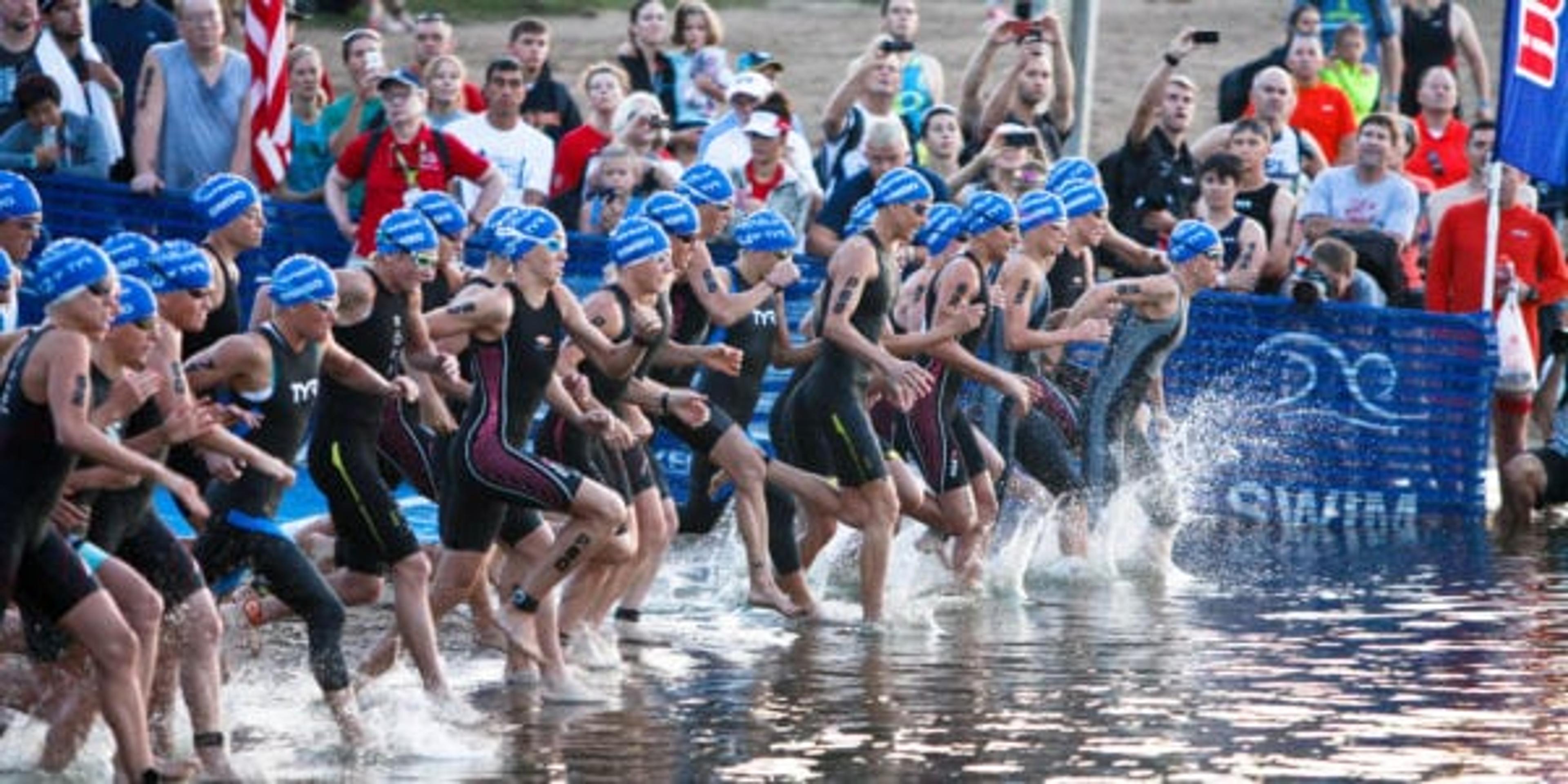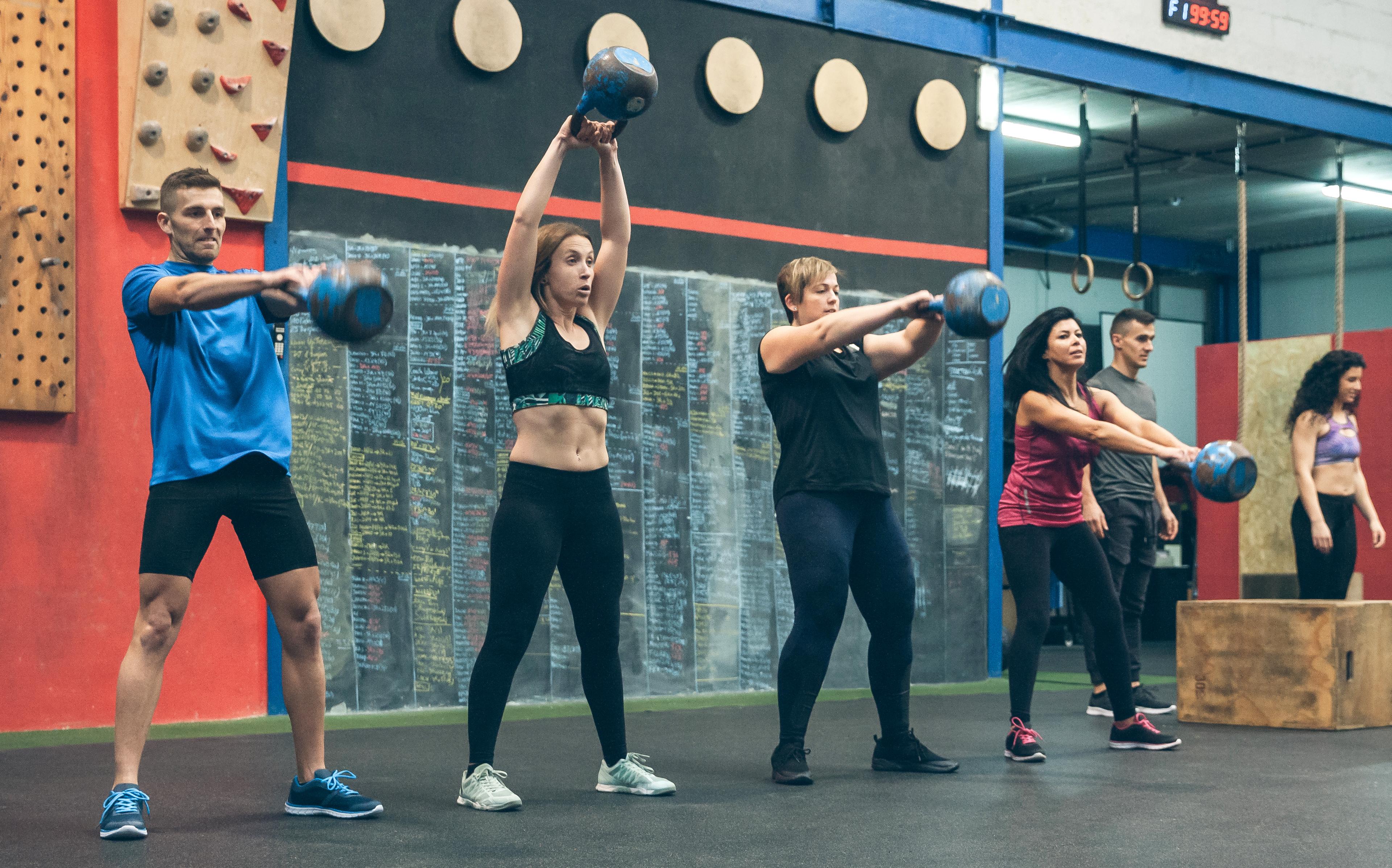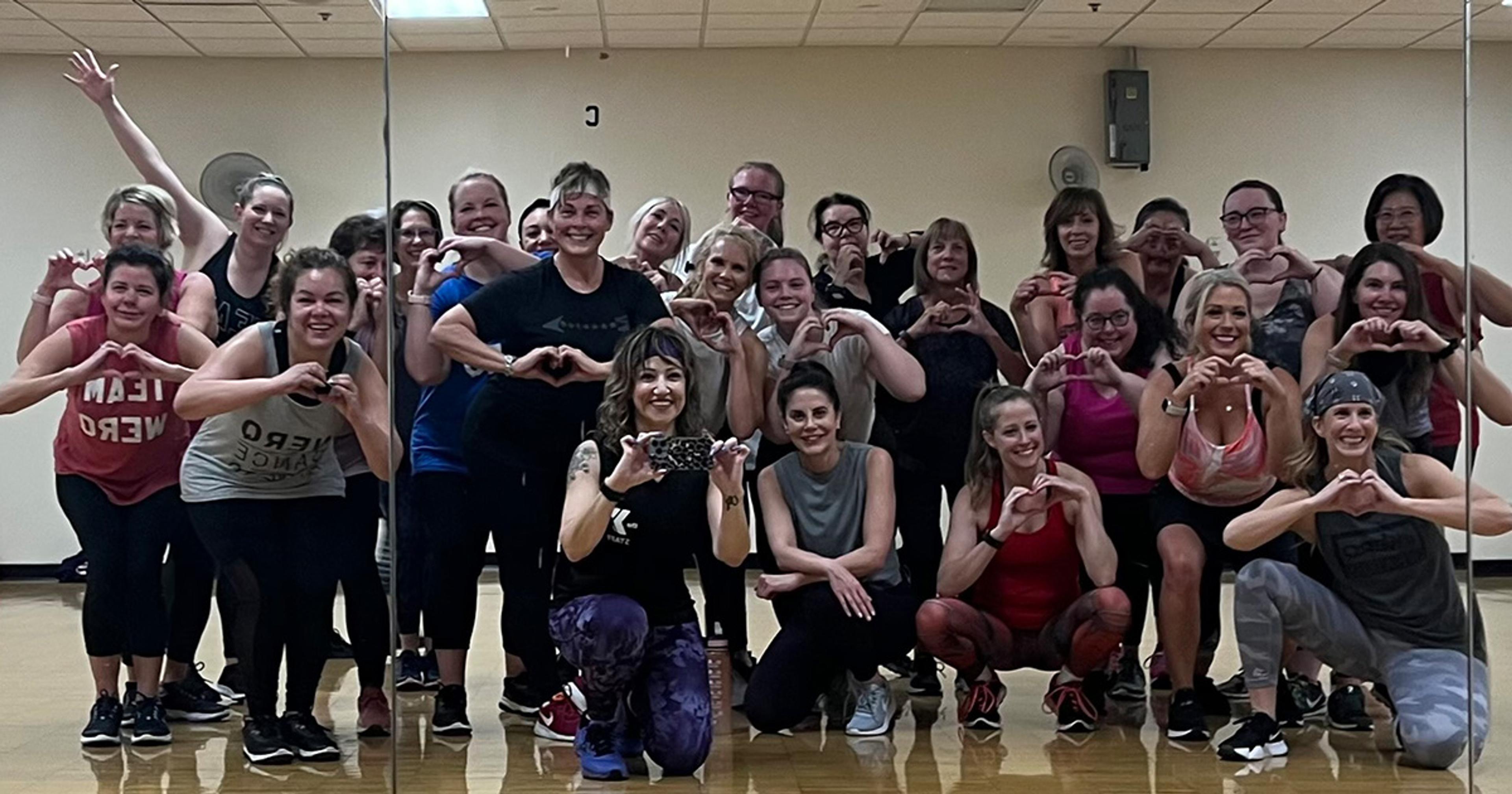Triathletes: Are You Overlooking Something During Training?
Lindsey Pavlov
| 3 min read

Spring has finally arrived in Michigan, and that means triathlon season is fast approaching.
Summer triathlons in Michigan are fun! They provide opportunities for athletes to connect with friends and tour communities from three unique viewpoints.
In addition to that, tri’s are mental and physical tests of endurance. While triathletes all over the state begin training for race day, let’s take a look at an important, yet often neglected, exercise component.
Swimming, running, and biking all use our muscles and joints differently. The difference in ankle use, specifically in the relationship between running and swimming, may be the most overlooked while cross-training.
It is common for runners and swimmers to make the leap and transition into triathletes. The huge differences between running and swimming are obvious, and most competitors are stronger in one than they are in the other.
Seasoned runners have strong ankle muscles that have been built up over time. Strength in this area is necessary for running long distances. When it comes to swimming, however, strong ankles, if not properly stretched, will slow your swim. If the ankles are too stiff and inflexible, the legs become dead-weight drag. The ankle must be able to flex into a pointed toe, creating enough surface area to displace water backward. Read more on kick mechanics here.
On the other hand, seasoned swimmers have incredibly flexible ankles because an effective kick relies largely on ankle flexibility. Oftentimes when these swimmers switch over to the running portion of the tri, they are more likely to roll and injure their ankles. This is a result of the ankles being made flexible enough for an effective swim, but not made strong enough for an effective run.
Being able to strike a balance between athleticism and form in three different sports, and then combine them all into one race, is what makes triathletes great. Great triathletes remember to take care of their ankles.
Maintaining both strength and flexibility in the ankles is an important step toward preventing injuries during a tri. If running is your strong suit, make a point of stretching your ankles before and after each run.
If swimming is your strong suit, make sure to dedicate time to strength train your ankles and to log more miles on foot. Focus on balance and proper form while training, and you’ll have a more efficient and effective race.
Are you competing in any triathlons this summer? Tell us where your athletic pursuits are taking you in the comments.
If you enjoyed this post, you might also like:
Photo credit: Phil Roeder





